Birds are an amazing species of vertebrates that are distributed across the planet and show spectacular diversity with respect to shape, size, form, plumage, behavior and their unique life cycles in different ecosystems. Birds demonstrate spectacular evolutionary adaptations and are champions of the ecosystems in which they survive and thrive. Different varieties of bird species have been reported from almost all the major continents including Antarctica.
Also read: Call of the Wild | Biodiversity challenges
Birds are associated to human society, culture and history since time immemorial and are still displayed across the globe in currency notes, coins, flags, coat of arms and emblems indicating their close relationship with humans. Unfortunately though, several species of wild birds have been showing signs of serious decline around the globe and are in need of immediate help and attention from their human co-inhabitants.
Factors impacting global bird populations are listed below:
1. Heavy human encroachment in the forested areas have been disrupting premier bird habitats, impacting their hunting, foraging, breeding and nesting sites negatively through habitat degradation, habitat destruction and habitat fragmentation.
Also check: Call of the wild: more needs to be done to stop illegal wildlife trade
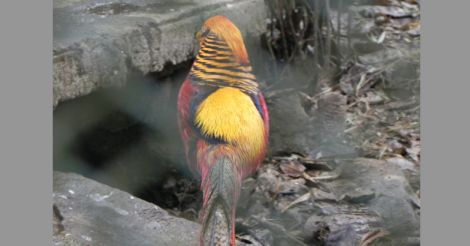 A golden pheasant bird. Photo: Pallav Mukhopadhyay
A golden pheasant bird. Photo: Pallav Mukhopadhyay2. Several species across major continents have been pushed beyond their critical threshold numbers necessary for the population to thrive.
3. Several other bird species are also extremely data deficient or have very limited data available and/or accessible, making correct assessment of their population dynamics in different key habitats extremely challenging and difficult.
4. Amateur and professional hunters and poachers decimating migratory bird species during their migratory flight across different continents due to high demand for wild bird meat, eggs, feather and taxidermy trophies for collectors through heavy predatory poaching and indiscriminate trapping, capturing and shooting of migratory birds resulting in serious population decline often beyond stable recovery.
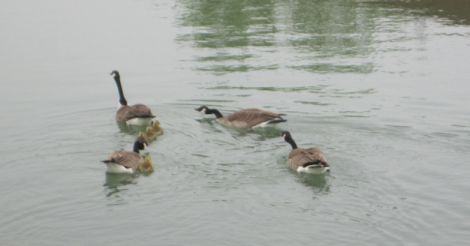 Recreational hunters over hunting or shooting game birds (ducks, geese, partridges and pheasants) beyond critical threshold numbers, negatively impacting recovery of wild populations. Photo: Saikat Kumar Basu
Recreational hunters over hunting or shooting game birds (ducks, geese, partridges and pheasants) beyond critical threshold numbers, negatively impacting recovery of wild populations. Photo: Saikat Kumar Basu5. Farmers netting, shooting and poisoning birds to protect crops, fruit orchards and other agricultural produce.
6. Recreational hunters overhunting or shooting game birds (ducks, geese, partridges and pheasants) beyond critical threshold numbers, negatively impacting recovery of wild populations.
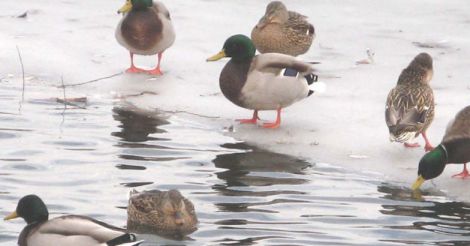 Breeding and releasing critically endangered species back into their wild habitats is an important program for recovering vulnerable bird species. Photo: Saikat Kumar Basu
Breeding and releasing critically endangered species back into their wild habitats is an important program for recovering vulnerable bird species. Photo: Saikat Kumar Basu7. Unrestricted and unmonitored natural and/or anthropogenic forest wildfires decimating wild bird habitats.
8. Disease outbreaks in several wild bird populations across the world, most vulnerable being migratory, aquatic bird species like ducks and geese.
9. Over exploitation and heavy tourism pressure in protected/unprotected wild bird habitats impacting natural bird behavior and nesting sites.
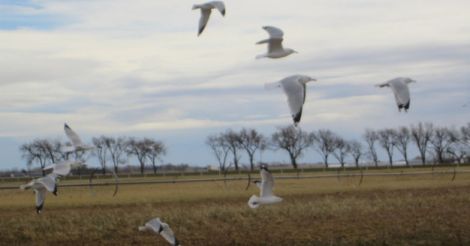 No indigenous, endemic bird species should ever be allowed to be harvested under any circumstances. Photo: Saikat Kumar Basu
No indigenous, endemic bird species should ever be allowed to be harvested under any circumstances. Photo: Saikat Kumar Basu10. Industrial and infrastructural development, expansion of agriculture, excessive use of pesticides and related agro-chemicals in the agricultural fields.
11. Environmental pollution (air, water and sound pollution) impacting city and urban bird breeding, nesting and foraging habits and habitats.
12. Lack of education and awareness and sensitivity about bird life and local ecosystems among both rural and urban communities.
13. Global warming and climate change has also been regarded as a destructive factor impacting global wild bird populations significantly. Frequent drought, floods, heavy precipitation, famines, snow, hail storm and blizzard have been reported killing different species around the globe over the past couple decades.
14. Poaching and capture of several ornamental bird species (macaw, cockatoos, birds of paradise), song birds (cuckoos) and those species that have the unique ability to mimic human speeches (Indian hill mynah and several Indian parakeets) for the illegal wildlife markets has been one of the most important factor decimating some vulnerable species around the planet particularly in developing and under developed countries.
15. Illegal trafficking of wild birds, nestlings and fledglings, nests and eggs across unguarded and under-monitored international borders for the pet markets and for illegal wildlife trade have been killing many helpless young baby birds due to transportation stress.
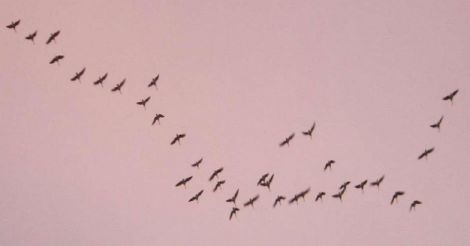 Reintroduction programs between adjacent countries sharing similar species can be an effective way to replenish wild bird stocks in related and contiguous ecosystems. Photo: Saikat Kumar Basu
Reintroduction programs between adjacent countries sharing similar species can be an effective way to replenish wild bird stocks in related and contiguous ecosystems. Photo: Saikat Kumar Basu
16. Accidental, intentional or unintentional introduction of predatory highly fragile unique bird habitats have been another impact factor impacting global wild bird populations. One of the best examples is that of the accidental introduction of brown tree snake in the island of Guam that has predated and decimated significant populations of native bird species pushing several of them towards the verge of extinction.
17. Establishment of mobile towers has been also regarded as one of the factor impacting bird behavior and migratory patterns across the world, although there is debate among researchers regarding this.
18. Change of life style in cities, towns and municipalities and the thriving real estate business have accelerated the pace of increased sky scrapers and modern multi-storied buildings replacing old traditional houses. As a consequence, several urban species like the sparrows have been finding it difficult to find proper nesting sites and are quickly vanishing from the urban ecosystems.
19. Lack of open spaces, water bodies, parks and gardens in congested modern cities impacted by heavy air pollution is also turning detrimental for several species of birds.
20. Last but not the least, habitat loss has been one of the most important factor that has impacted several species around the globe due to heavy anthropogenic footprint in wild bird habitats.
Unless serious long term and sustainable conservation efforts are successfully implemented, managed and properly directed, the future of many species across the globe in several key habitats look absolutely grim and dark. The age old tradition of rearing ornamental and human speech mimicking indigenous bird species in captivity needs to change completely.
No indigenous, endemic bird species should ever be allowed to be harvested under any circumstances. Education and awareness of the public is also important to help successful bird conservation. The economic conditions of marginal communities need to be also improved to make wild bird conservation successful at the grass root level.
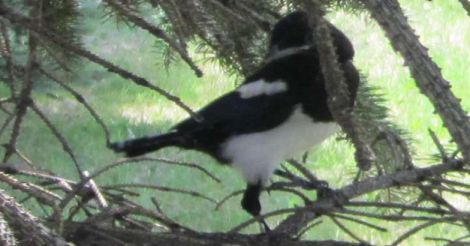 The economic conditions of marginal communities need to be improved to make wild bird conservation successful at the grass root level. Photo: Saikat Kumar Basu
The economic conditions of marginal communities need to be improved to make wild bird conservation successful at the grass root level. Photo: Saikat Kumar BasuSubstantial regional as well as international funding from various conservation agencies as well as local governments is important to facilitate effective and efficient bird conservation.
Breeding and releasing critically endangered species back into their wild habitats is an important program for recovering vulnerable bird species. Reintroduction programs between adjacent countries sharing similar species can be an effective way to replenish wild bird stocks in related and contiguous ecosystems.
(The author is a Canada and India based freelance journalist specializing in global geo-political, strategic and foreign policy issues, science & technology and environment & conservation related themes.)

























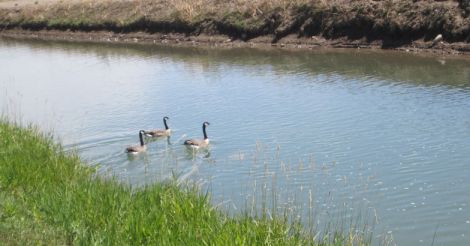 several species of wild birds have been showing signs of serious decline around the globe and are in need of immediate help and attention from their human co-inhabitants. Photo: Saikat Kumar Basu
several species of wild birds have been showing signs of serious decline around the globe and are in need of immediate help and attention from their human co-inhabitants. Photo: Saikat Kumar Basu